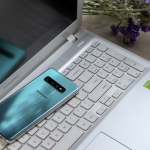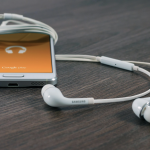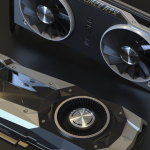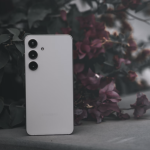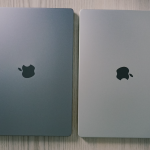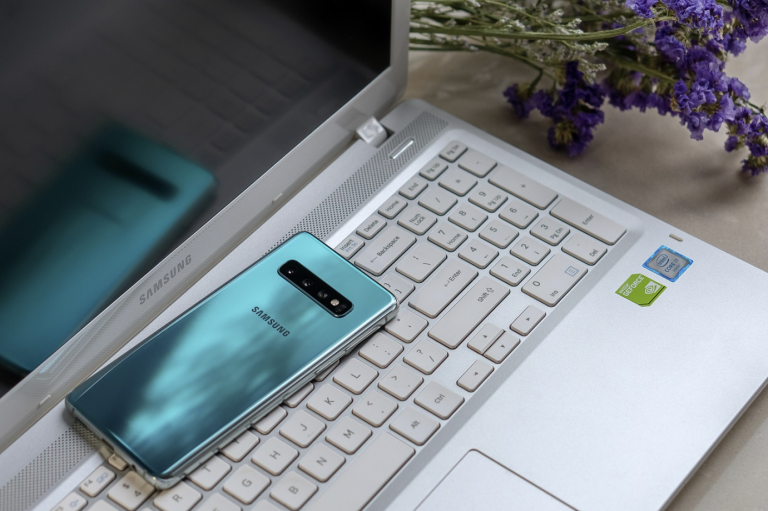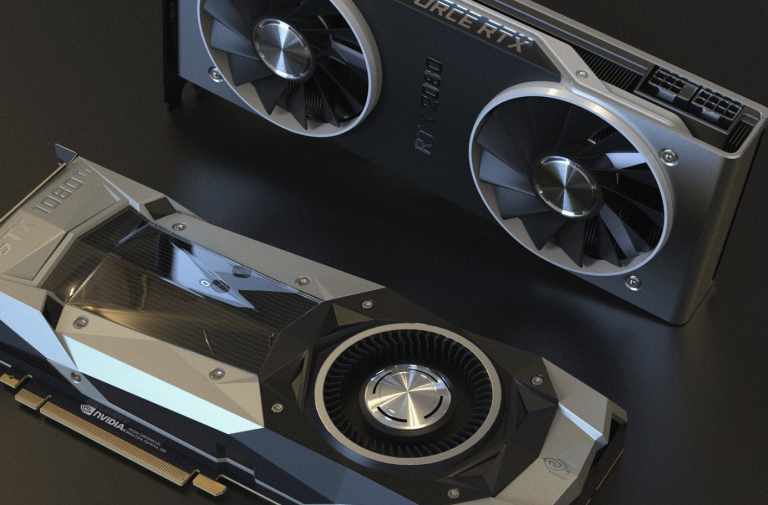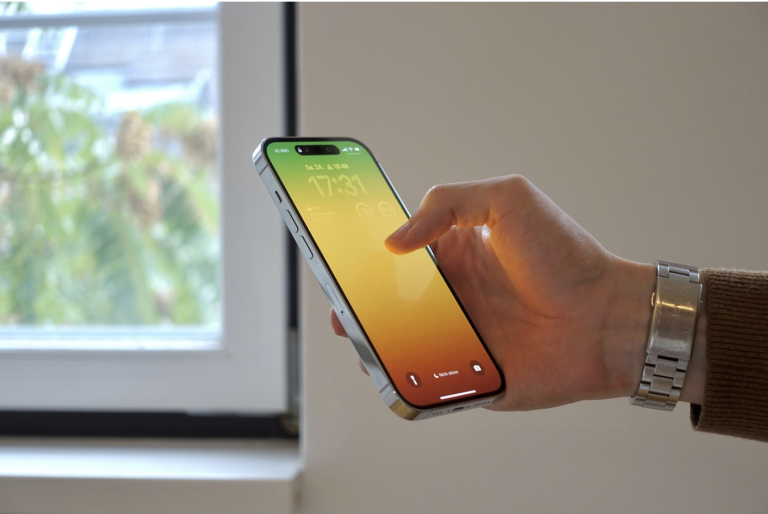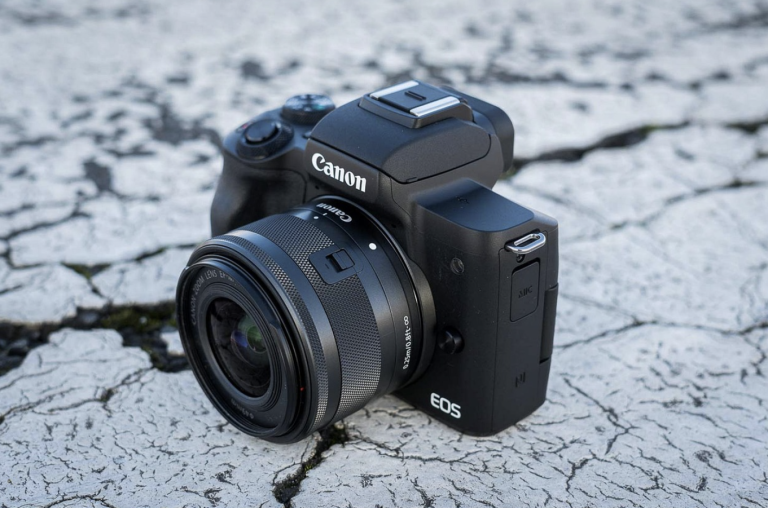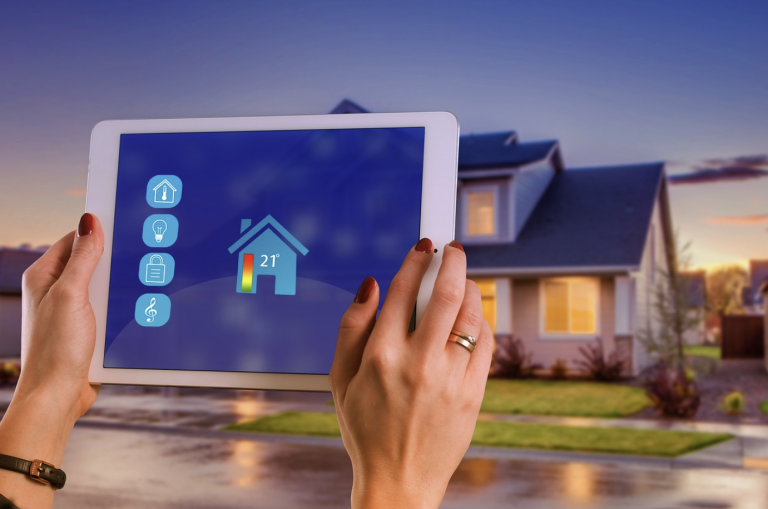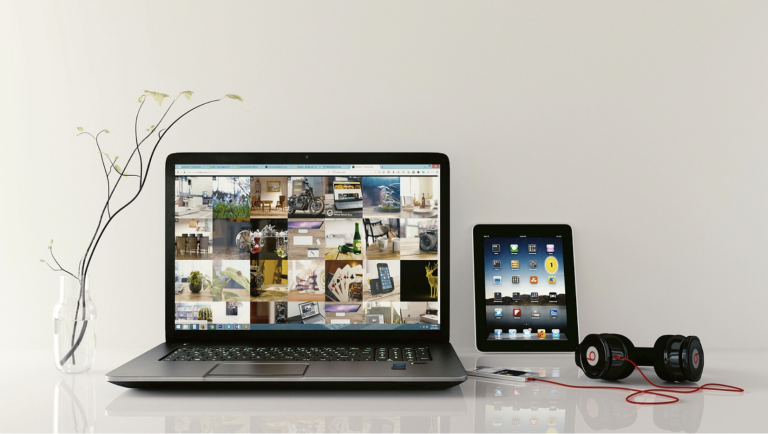Introduction: The Anticipation Around Galaxy Z Fold6 The smartphone world is buzzing once again as rumors swirl...
Introduction to iOS 18 Beta The iOS 18 Beta has been making waves in the tech community,...
## Introduction: Welcome to the Age of Smart Everything Ever feel like your tech isn’t quite keeping...
Introduction: A Leak That Turned Heads Let’s be honest—Google doesn’t have the best track record when it...
Introduction: The Anticipation Builds The tech world is buzzing with excitement—and for good reason. NVIDIA is gearing...
Introduction We’re barely into 2024, and already the tech world is buzzing with leaks about Apple’s most...
Introduction: The Great Camera Debate Buying a camera in 2024 can feel like stepping into a tech...
Welcome to the future—where your coffee can start brewing before you’re even out of bed, lights dim...
Introduction Let’s face it—back-to-school season isn’t what it used to be. In 2024, students need more than...
Introduction Struggling to find that perfect tech gift without breaking the bank? Good news—you don’t need to...
